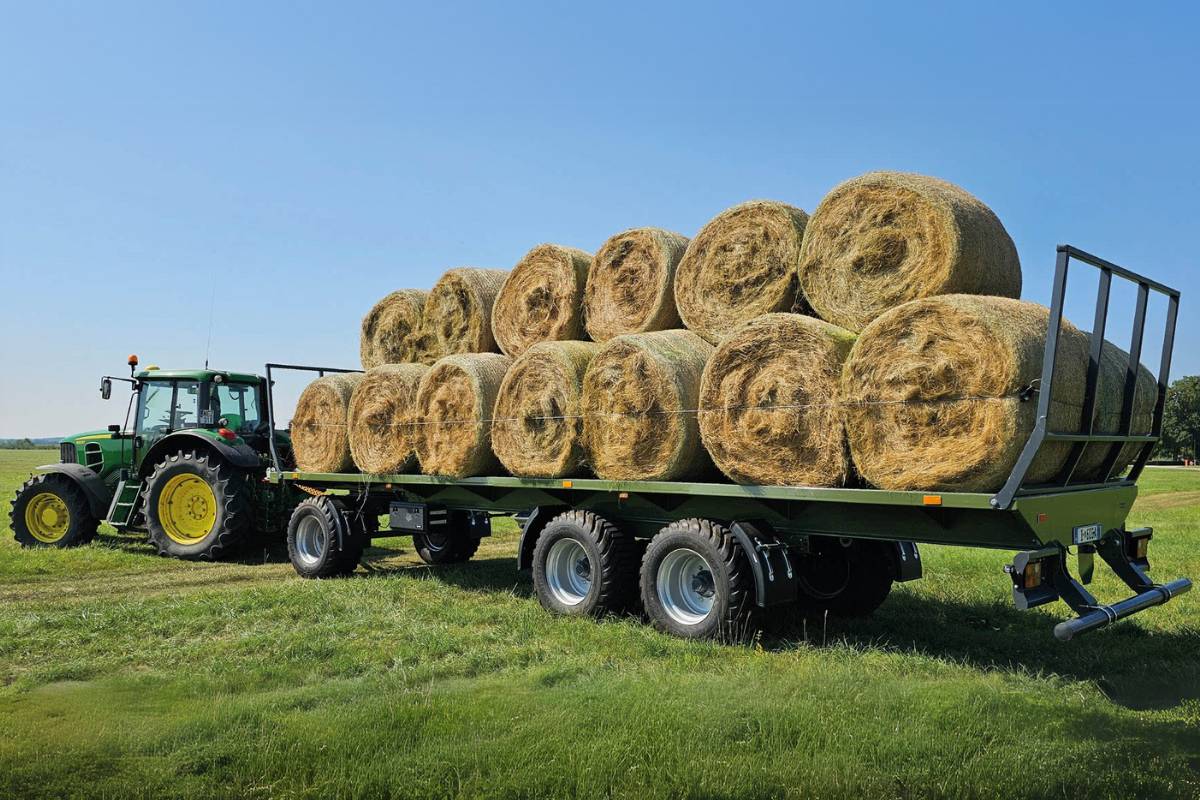How Does Farm Machinery Manufacturers Increase Productivity?

Let’s not sugarcoat it—farming is hard work. Always has been. But these days? Machines are doing a lot of the heavy lifting. The right piece of equipment can take a job that used to eat up a whole day and knock it out in an hour or two. That’s no exaggeration.
We’re not just talking about saving time here. Good farm gear means more consistency, less waste, and yes, bigger harvests. It’s a total game-changer. But it doesn’t stop there. If manufacturers want to keep up—and let’s be honest, they have to—they need to stay creative. UK farm machinery manufacturers keep on improving, because what worked five years ago might already be outdated today.
Table of Contents
ToggleR&D Isn’t Just Buzzwords—It’s Survival
There’s no way around it: staying relevant in this field means putting money (and brains) into research and development. It’s not optional. The best companies are constantly testing, tweaking, and figuring out new ways to make machines do more—faster, cleaner, and easier.
One of the big shifts? Precision farming. You’ve probably heard the term thrown around, but it’s not just hype. Using tools like GPS and sensor-driven tech, farmers can zero in on what their crops need, when they need it. It’s like going from a shotgun approach to laser-guided accuracy. And yeah, that matters—a lot. Less waste, lower costs, more food grown right. That’s the future.
The Rise Of Smart Tech: AI On The Tractor Seat
Okay, this might sound a little sci-fi, but it’s happening right now: artificial intelligence is moving into the fields. Today’s top-end farm machines come loaded with sensors, cameras, data tracking tools, and software that learns as it goes. It’s wild, honestly.
You’ve got systems that can check the soil as the machine passes over it, scan crops for signs of stress, or even adjust how deep seeds are planted based on the exact spot in the field. And get this—some machines don’t even need a driver anymore. They steer themselves, thanks to GPS and computer vision.
Also, let’s talk maintenance. These smart rigs can now detect their own issues before something goes sideways. They’ll send a warning, maybe even schedule a repair before you knew something was wrong. That kind of foresight? Priceless during a busy harvest.
Keep It Simple, Please
Let’s be real for a second—some older machines felt like they were designed by aliens. Buttons everywhere, confusing displays, maintenance steps that required an instruction manual and a Ph.D. No thanks.
Luckily, today’s manufacturers are finally getting it. They’re designing machines with simplicity in mind—clean layouts, easy-to-understand controls, and fewer things to go wrong. No one wants to waste half a morning trying to figure out how to change a setting or fix a clog.
Better yet, some of the newer models come with things like self-cleaning features, auto-lube systems, or onboard diagnostics that walk you through quick fixes. Small things, maybe. But on a hectic workday, those “small things” save time—and frustration.
Not Every Farm Is The Same (So Why Should The Farm Machinery Equipment Be?)
Here’s a truth folks in suits sometimes miss: farms aren’t copy-paste operations. What works on one plot of land in Yorkshire might be totally wrong for a hillside farm in North Wales.
That’s why customization matters—a lot. Farmers need gear that fits their land, their crops, and their workflow lowering failure and repairs. And thankfully, many manufacturers are catching on. They’re offering flexible features, add-ons, size adjustments—you name it. Want wider tillers? Lower clearance? Smart tech minus the extra bells? You can get it dialed in.
Bottom line: when machinery fits like a glove, it doesn’t just work better—it feels better. You trust it. You get more done with less effort.
Training: Because Even Smart Machines Need Smart Operators
Let’s say you buy the newest, fanciest piece of equipment on the market. Cool. But then what? If you don’t know how to use all the bells and whistles, it’s like buying a race car and never getting out of second gear.
That’s why training and support are huge. The best companies aren’t just throwing equipment out there—they’re making sure farmers know exactly how to use it. We’re talking video tutorials, in-person demos, online manuals that don’t read like stereo instructions from 1985. And when things go wrong (because they will), fast, helpful support can mean the difference between a minor hiccup and a lost harvest.
Companies that offer proper education and aftercare? They’re not just selling gear—they’re building relationships. And farmers remember that.
Sustainability Isn’t A Trend—It’s A Necessity
Let’s face it, people care about where their food comes from—and how it’s grown. Environmental impact matters. That pressure trickles down to farmers, and then straight to the folks making their equipment.
That’s why some smart manufacturers are going green behind the scenes. They’re using solar power in their factories, cutting down on waste, and even building parts out of recycled materials. Sounds simple, but it adds up. A smaller carbon footprint and high-performance machinery? Yes, please.
We’re seeing a shift toward machines that use less fuel, emit fewer pollutants, and do more with less. Not because it’s trendy—but because it’s the right move.
Want To Build A Better Tractor? Ask A Farmer
You know who understands farming? Farmers. Shocking, right? But seriously—some of the best equipment out there was made by companies that actually listened to the people using their machines every day.
One standout here is Kobzarenko. They’re not just guessing what farmers want—they’re out in the field, taking notes, gathering feedback, and actually using that info to improve their machines. And guess what? Farmers notice. They talk. They tell their neighbors. That kind of reputation doesn’t come from flashy ads—it comes from trust.
When farmers and manufacturers collaborate, magic happens. Better tools. Better productivity. And most importantly, gear that actually solves problems instead of creating new ones.
If you’re in the business of feeding people—and let’s be honest, that’s what farming is all about—then the tools you use matter. Big time. From cutting-edge AI to plain ol’ sturdy design, today’s machinery is helping farmers do more, do it better, and do it sustainably.
And as long as the people making those machines keep listening, adapting, and pushing the limits of what’s possible, the future of farming? Yeah—it looks pretty bright.
Published by Carol Jones
My aim is to offer unique, useful, high-quality articles that our readers will love. Whether it is the latest trends, fashion, lifestyle, beauty , technology I offer it all View more posts







